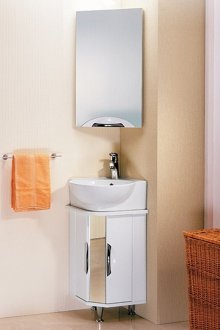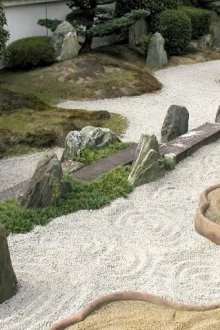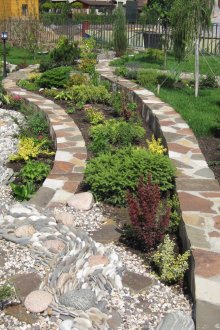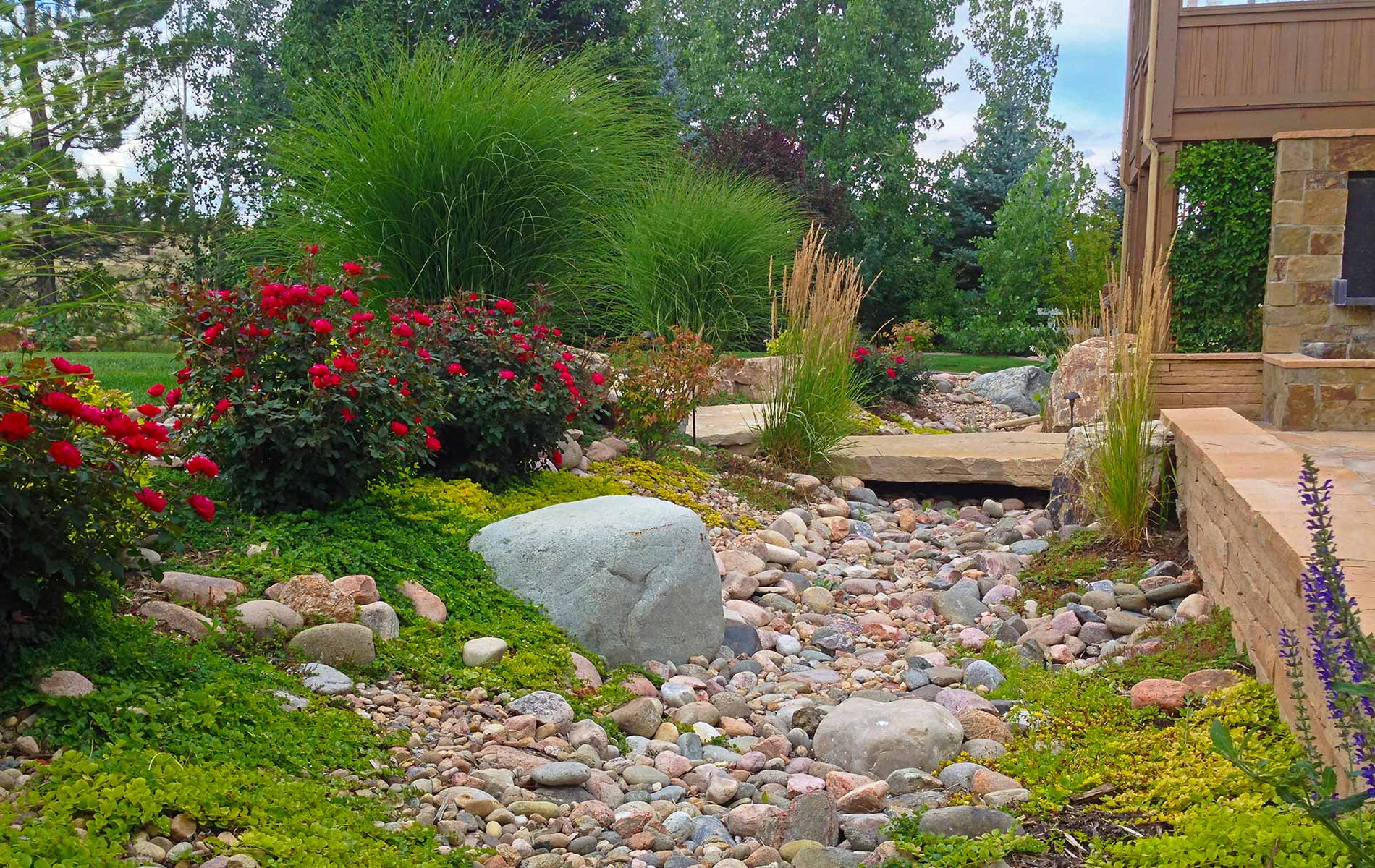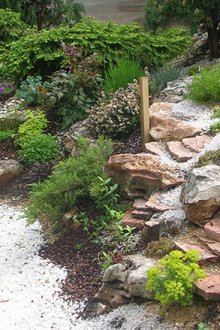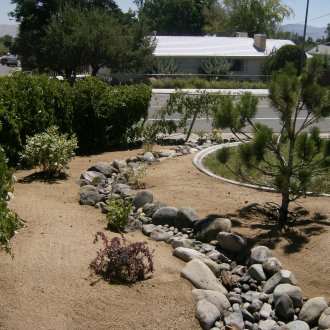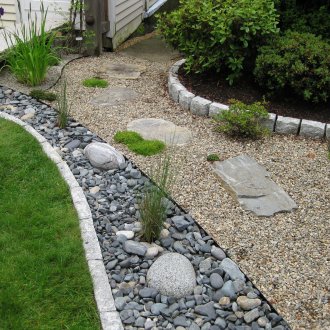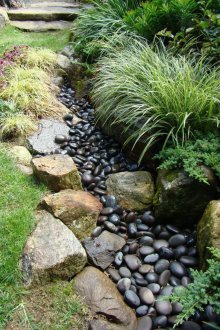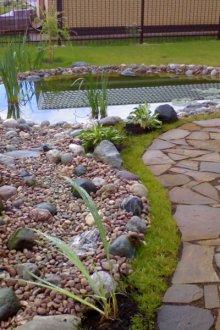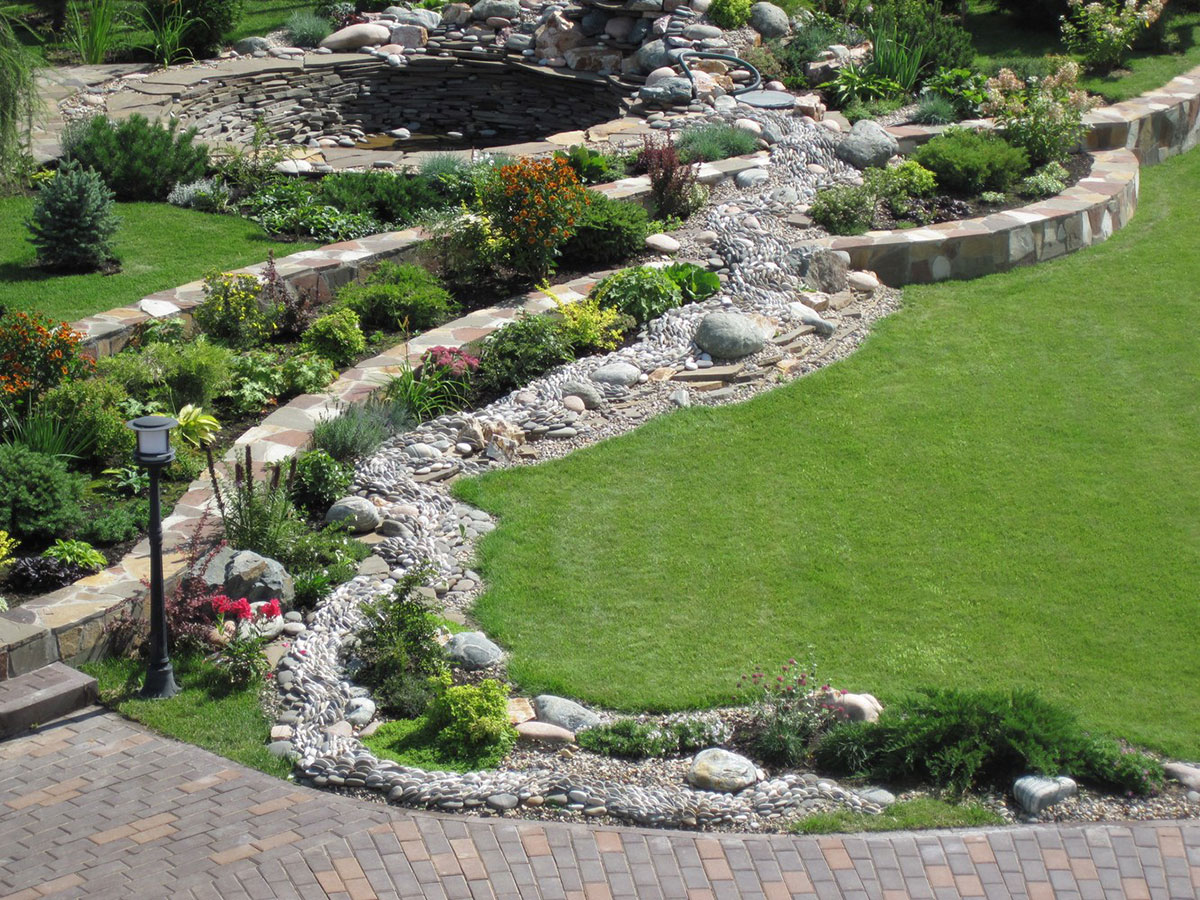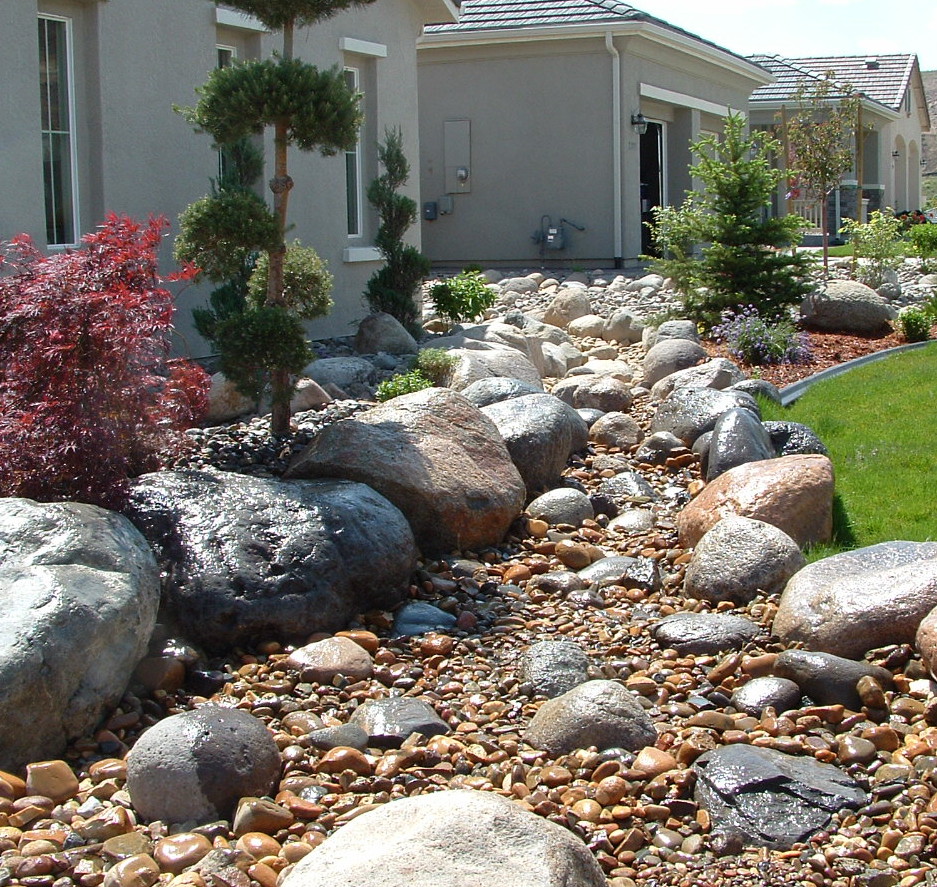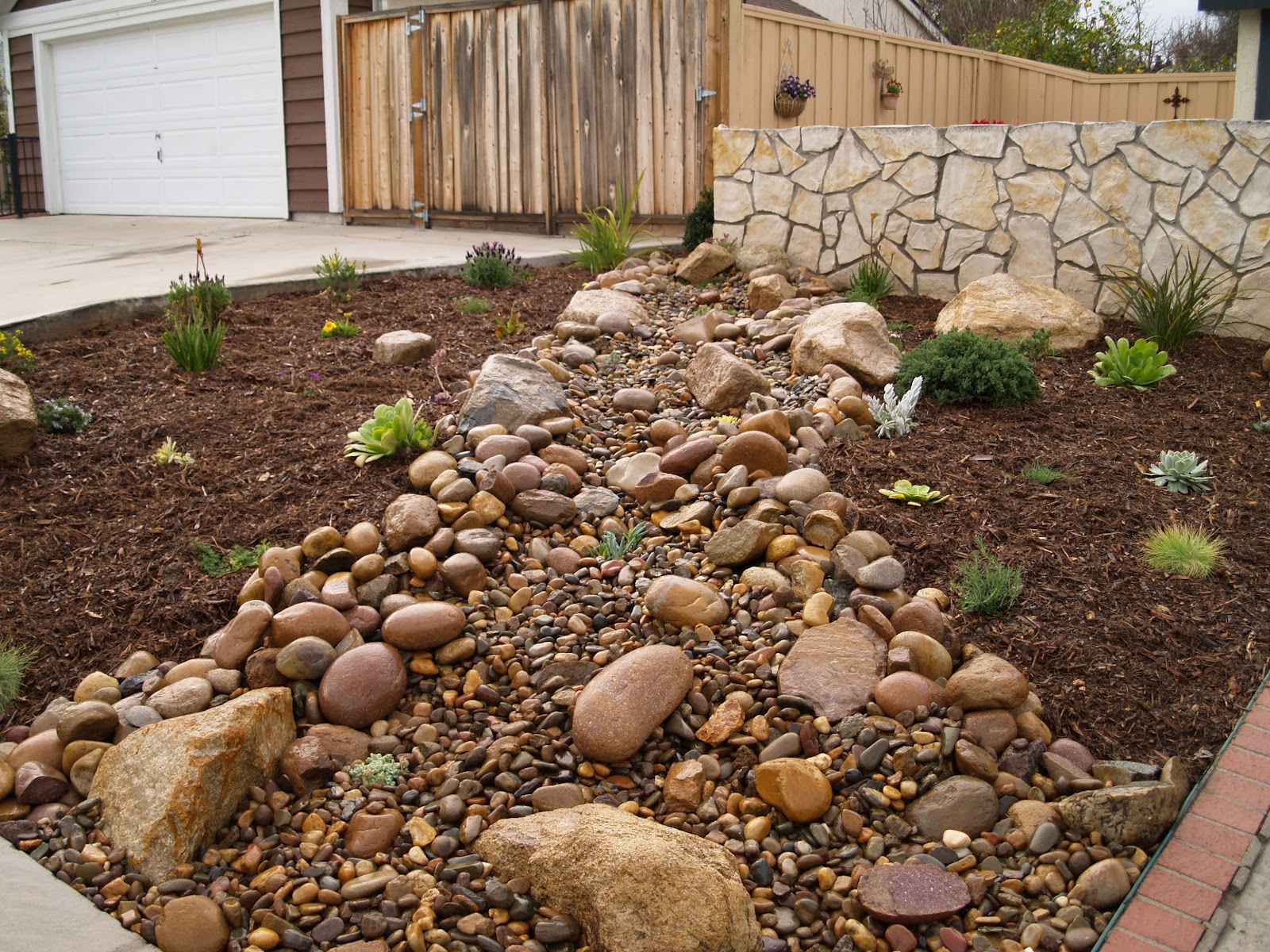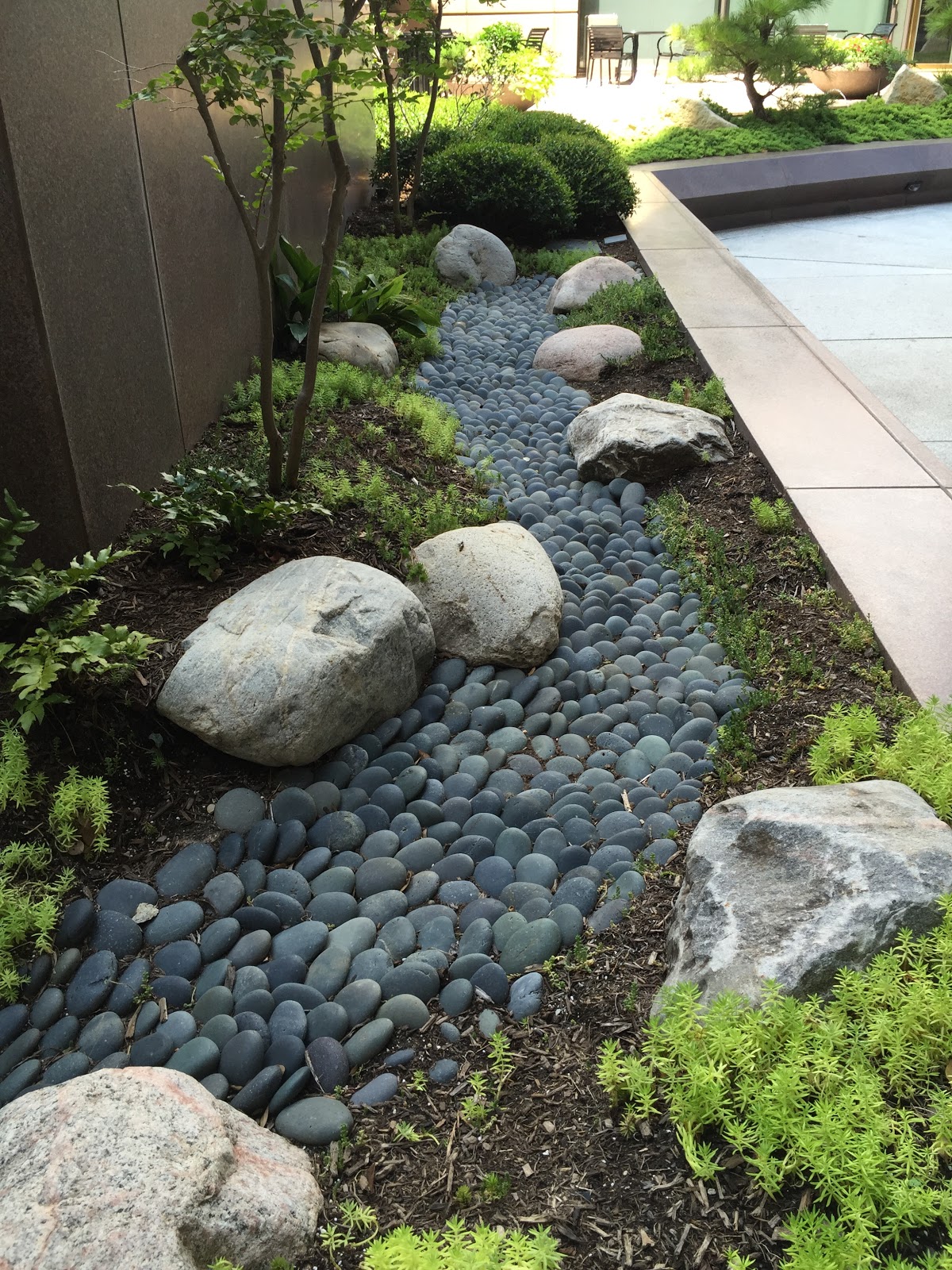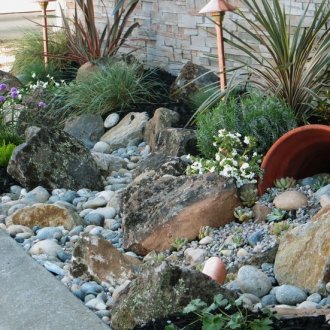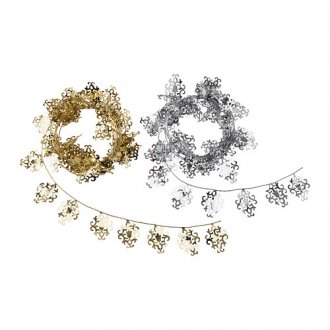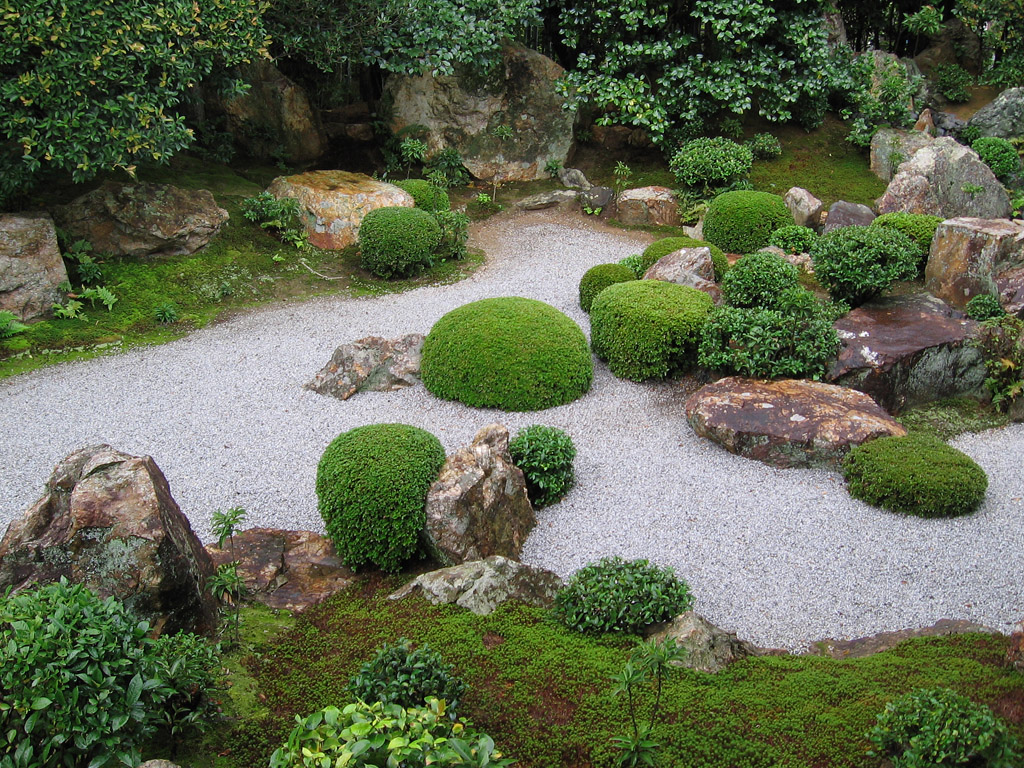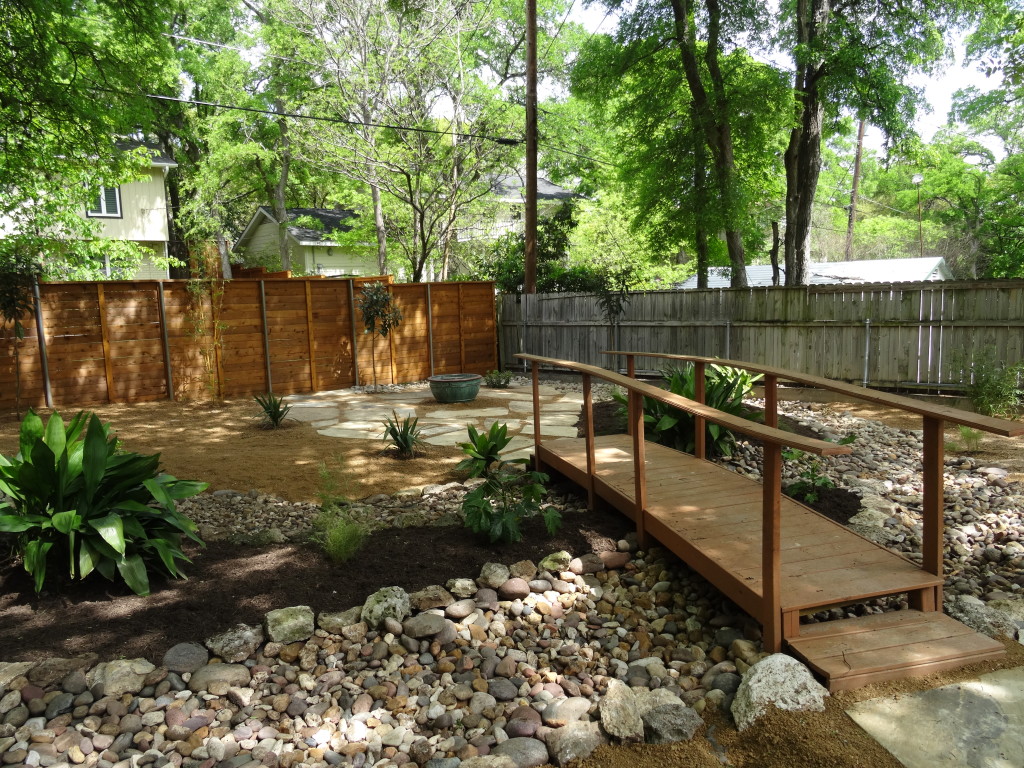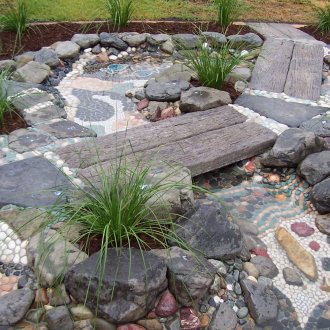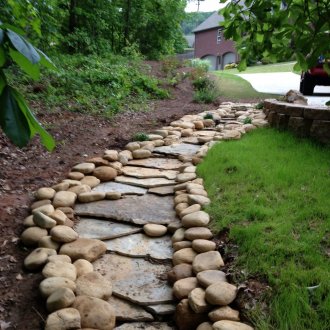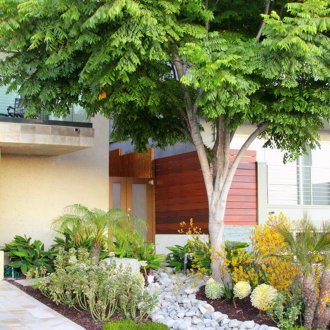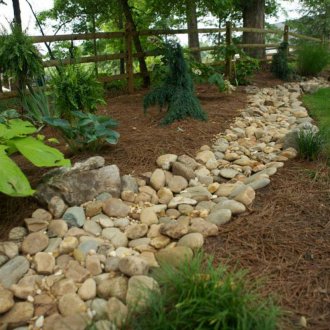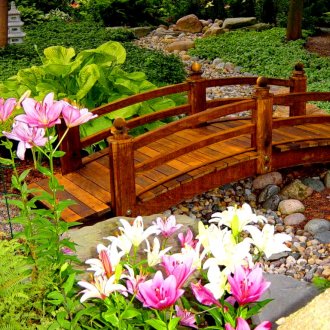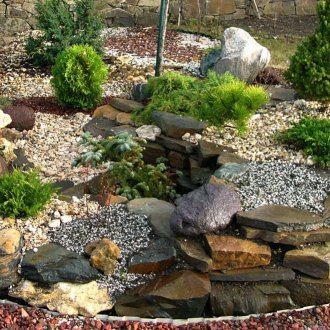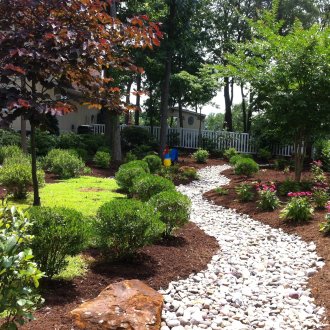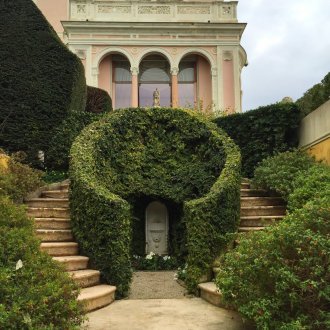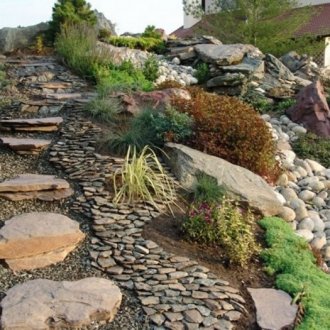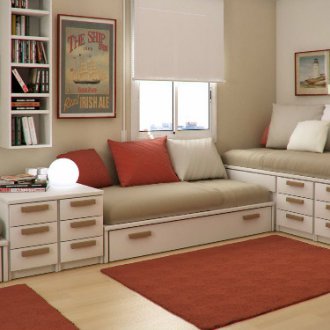Dry stream - a new word in landscape design (30 photos)
Content
In landscape design there are many beautiful things donated by the "Japanese garden". One of them is a dry stream - a "reservoir" that does not have water. However, from this he does not become less beautiful, believe me. With the help of pebbles or stones, the bed of a dried brook covered with plants is imitated. It can be a great backdrop for an alpine slide or flower garden. In addition to such a moment as the absence of mosquitoes and midges, such a decorative pond has many advantages.
The advantages of a dry stream
The brook is not only an amazing decoration of the garden, but can also perform many useful functions.
- Practicality. He beautifully divides the garden into zones, is able to mask the unevenness of the plot or objects of communication.
- Utility. It can be used as drainage.
- Simplicity of execution. You can create a dry stream with your own hands without spending a lot of effort and, last but not least, big finances.
- Quick erection process. With high-quality preparation for work, the arrangement of the stream will not take more than two to three days.
- Elementary care: control over it is to maintain shape and periodically remove weeds.
- Plenty of room for imagination. The design of an artificial brook is not limited, while the content of a natural reservoir requires only moisture-loving plants to be planted next to it.
- Absolute safety for children.
All these points are enough to agree that a dry stream is a great idea for decorating the landscape. Moreover, it is not expensive, there is no need for him to buy expensive compressors, special systems for water purification, which is necessary for a real reservoir.
Want to have a dry stream in the country and do not dare? In fact, everything is very simple, if you provide for all the nuances and outline a clear work plan.
Do-it-yourself dry creek
Work, of course, remains to be. But it's worth it! The sequence of work will help to do everything without unnecessary worries and will surely please the result.
Determine the form
Decide for yourself what your decorative pond will look like: its shape, length, features. Be sure to sketch on paper. For example, a small area is suitable for a deep and winding channel. However, in any of the sections of the brook you can set different parameters, either increasing or decreasing its width or differences, as it happens in nature.
The Japanese use a very interesting method when they create this beautiful pond. They make a “sketch” of sand at the place where the dry stream is planned.
Then they examine it from all angles, relying entirely on their feelings. Something is wrong? Look for another place. Very good practice to take note of.
Choose "filling"
To create a decorative stream, you will need pebbles, rubble, stones. Their color and shape may be different. It’s all easy to buy, but don’t throw away the pebble that you found during your walk. Things that nature itself has planted for you are several times more expensive.
What do landscape designers recommend? They recommend decorating with stones to do this: put small smooth stones of light shades at the bottom, and choose larger and darker specimens for the coast.Smooth pebbles create the illusion of sparkling water, and rapids and waterfalls are best emphasized by light streamlined blocks. Large and weathered rocks are best left for coastal borders.
If you want your dry stream in the country to shine with blue-gray “water”, then slate and basalt are ideal for this purpose. Need shades of red, brown, green? It will take granite. And for light impregnations, limestone and pieces of marble will be good. Didn't find your color? This is not a problem - buy waterproof paint of the desired color and carry out your plan.
An unusually beautiful looks dry creek, the bottom of which is decorated with glass balls or pebbles. It's easy to find them, since the choice is very rich in decor stores now.
Markup
To create a future trickle, you need a schematic layout on the site. The contours of the future structure should be marked with sand. Now it remains to dig a groove along the entire contour (its depth varies from 10 to 20 cm, depending on the position of the sills or other design features).
Protect a dry stream from weeds
In order to exclude the growth of unwanted plants, the bottom needs to be laid out with special material. It can be agrofibre, geotextiles or other dense material of a dark color.
Lay out pebbles and boulders in a planned sequence and periodically check the result, inspecting the work from different angles.
Planting plants
The choice of plants for a dry stream is not limited to moisture-loving species, you can safely plant your favorite flowering specimens or beautiful decorative leaves. And yet, despite the wide possibilities, landscape design experts advise taking as a basis precisely those plants that cause associations with a reservoir. But tall and abundantly blooming, avoid.
The finishing touch - decoration
To create a realistic effect, cute decor elements will help: frogs, ducks, a lonely mill or a graceful stork, curiously looking around. It is very important that decorative work does not captivate you too much, since an overabundance of such objects will distract attention from the main element of the garden - the reservoir.
The original idea is the “old” jug thrown to the source. Let water “flow out” of the stones, beautifully emphasizing the shape of the brook.
We hope that now that you know how to make a dry stream, the process will not scare you, and you will have enough inspiration to create such a cute masterpiece on your site.
